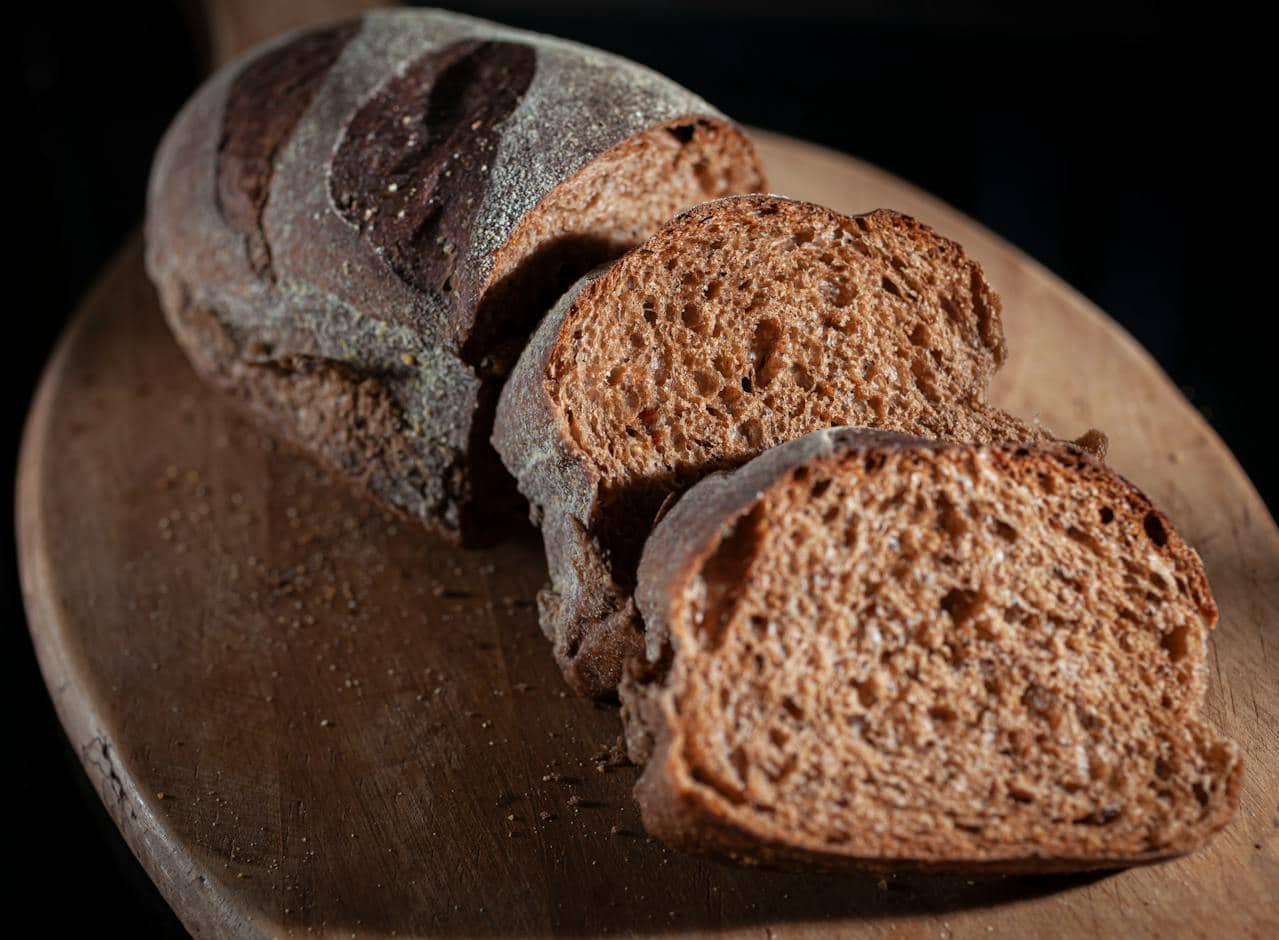
Ultra-processed foods (UPF) such as sausages and sugary drinks are usually bad for your health. They increase the risk of serious diseases such as diabetes and cancer. But UPVs are not always bad. In fact, some ultra-processed foods, such as bread, cereal, and plant-based alternatives may actually be beneficial. In a new study, researchers found a direct link between poor health and some UPFs but also discovered that others don’t have the same risks.
Ultraprocessed
The term UPFs comes from the NOVA food classification system, which places food in four categories:
- unprocessed food;
- processed ingredients;
- processed foods;
- and ultra-processed foods.
Examples of UPFs include ice cream, mass-produced bread, breakfast cereals, ham, crisps, sausages, carbonated drinks and instant soups. There’s a wide variety of UPFs on the market, but in general, they tend to have high levels of saturated fat, salt, and/or sugar.
Researchers from the International Agency for Research on Cancer, part of the World Health Organization, collected dietary information from over 260,000 men and women from seven European countries between 1992 and 2000. They categorized the foods using the NOVA system, following participants to observe if any developed chronic conditions.
The study participants had their food and drink intake assessed through food questionnaires, done once a year during the study period. The mean UPF intake for men was 413 grams per day and for women was 326 grams per day. This accounts for 34% of a man’s daily calories coming from UPFs and 32% of a woman.
They found that a higher consumption of UPFs is associated with an increased risk of cancer and cardiometabolic multimorbidity (development of two or more long-term health conditions). Notably, these associations were seen with animal-based products and artificially sweetened beverages. Sauces, spreads, and condiments were also linked with increased health risks.
While the study can’t prove conclusively that UPFs are the direct cause of the diseases when taken together with previous scientific evidence, “it’s likely that some types of UPFs do increase the risk of later disease,” Tim Chico, a cardiovascular researcher from the University of Sheffield, who wasn’t involved with the study, said in a news release.
However, bread and cereals actually reduce disease risk because they contain fiber, the researchers said.
“Ultra-processed breads and cereals were inversely associated with risk of multimorbidity. The remaining groups—sweets and desserts, savory snacks, plant-based alternatives, ready-to-eat/heat mixed dishes and other unspecified ultra-processed foods—showed no association with the risk of multimorbidity,” the researchers write in the article.
An unexpected exception
Previous studies have repeatedly shown a connection between UPFs and poorer health. However, it’s still not entirely clear what about them is bad for our health — if it’s a single element in UPFs or their combination, for example. This new study adds to the list of evidence and gives a more detailed picture, showing which UPFs are riskier.
After 11 years, a total of 4,461 of the over 260,000 people had developed cancer, cardiovascular disease, diabetes or some combination of these. The study showed that those who consumed higher amounts of UPFs had a 9% higher risk of suffering multimorbidity.
Contrary to other UPFs, the consumption of bread and cereals exhibited an inverse association, suggesting a potential protective effect against health risks. Christine Williams, a researcher at the University of Reading, who wasn’t involved in the study, said that bread and cereals shouldn’t be “demonized” by categorizing them as UPFs.
“Many informed commentators have identified these foods as important for intakes of fibre, micronutrients and complex carbohydrates,” Williams, a human nutrition expert, said in a news release. “The reduced risk of multimorbidity with breads and cereals suggests the high UPF clasification may be misleading for some groups of foods.”
The study was published in the journal The Lancet.









